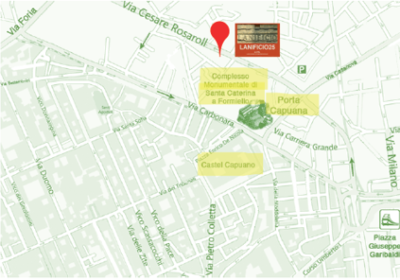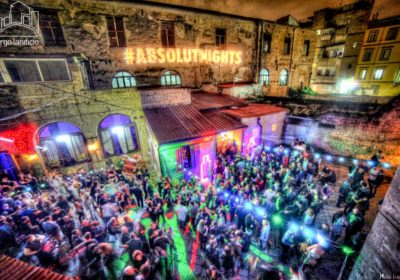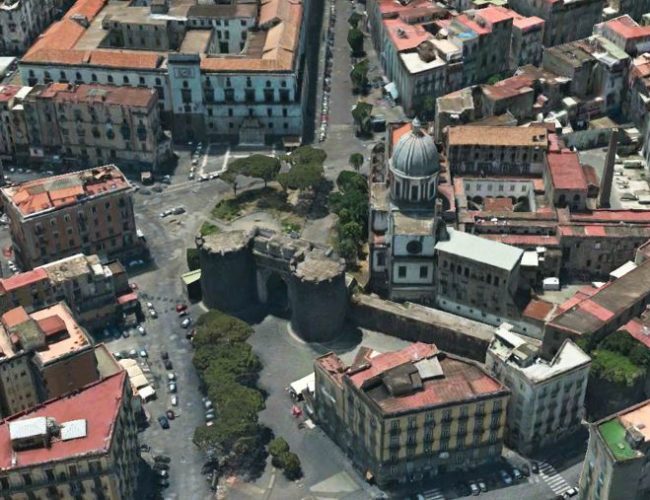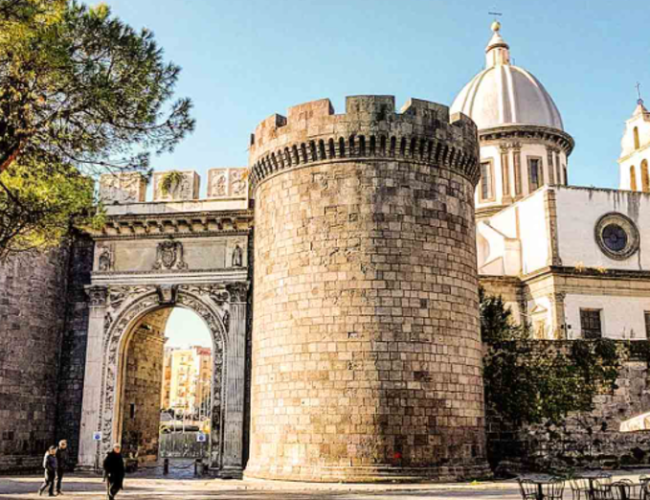Porta Capuana is one of the ancient neighborhoods of Naples with strong productive traditions, its typical cuisine, its ethnic restaurants, and the large number of unused premises – such as Castel Capuano, the former Lanificio (wool factory), etc. – which are increasingly attracting tourists as well as young artists and musicians.
It serves as a widespread museum of art, architecture, cuisine, and good living, which can represent the true engine of the area’s regeneration. Castel Capuano (12th century), San Giovanni a Carbonara (14th century), and Porta Capuana itself (15th century) are just a part of the cultural, artistic and historical heritage that this part of the city has to offer. Yet, to this day, they remain outside the tourist circuits that often favor better-known but less valuable areas




